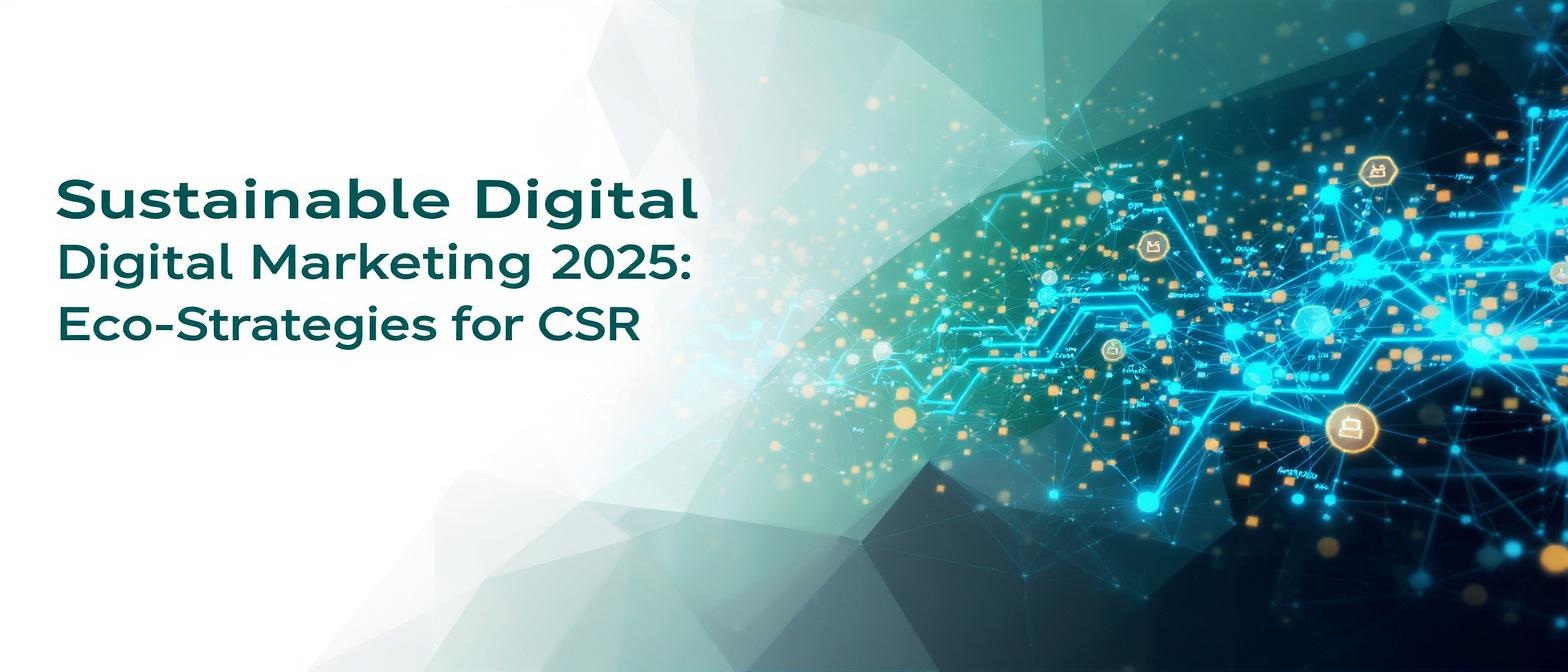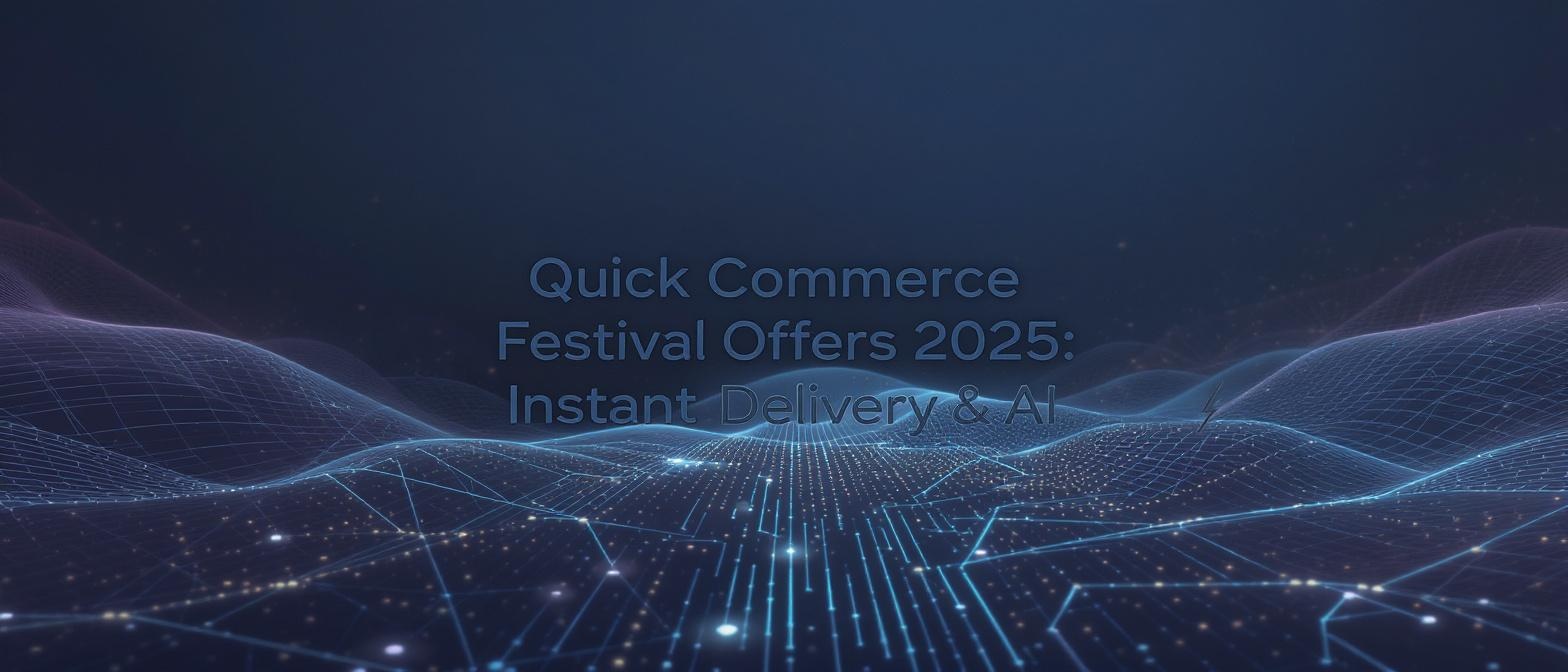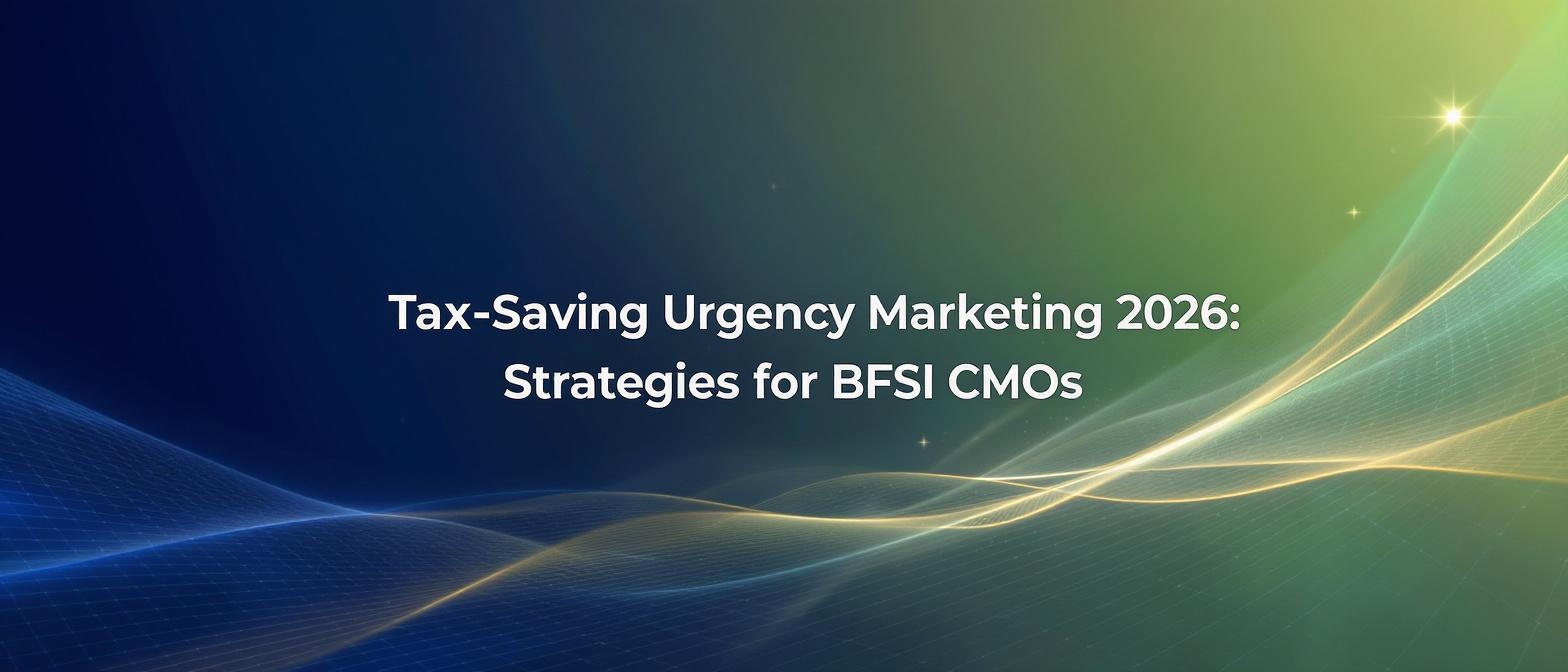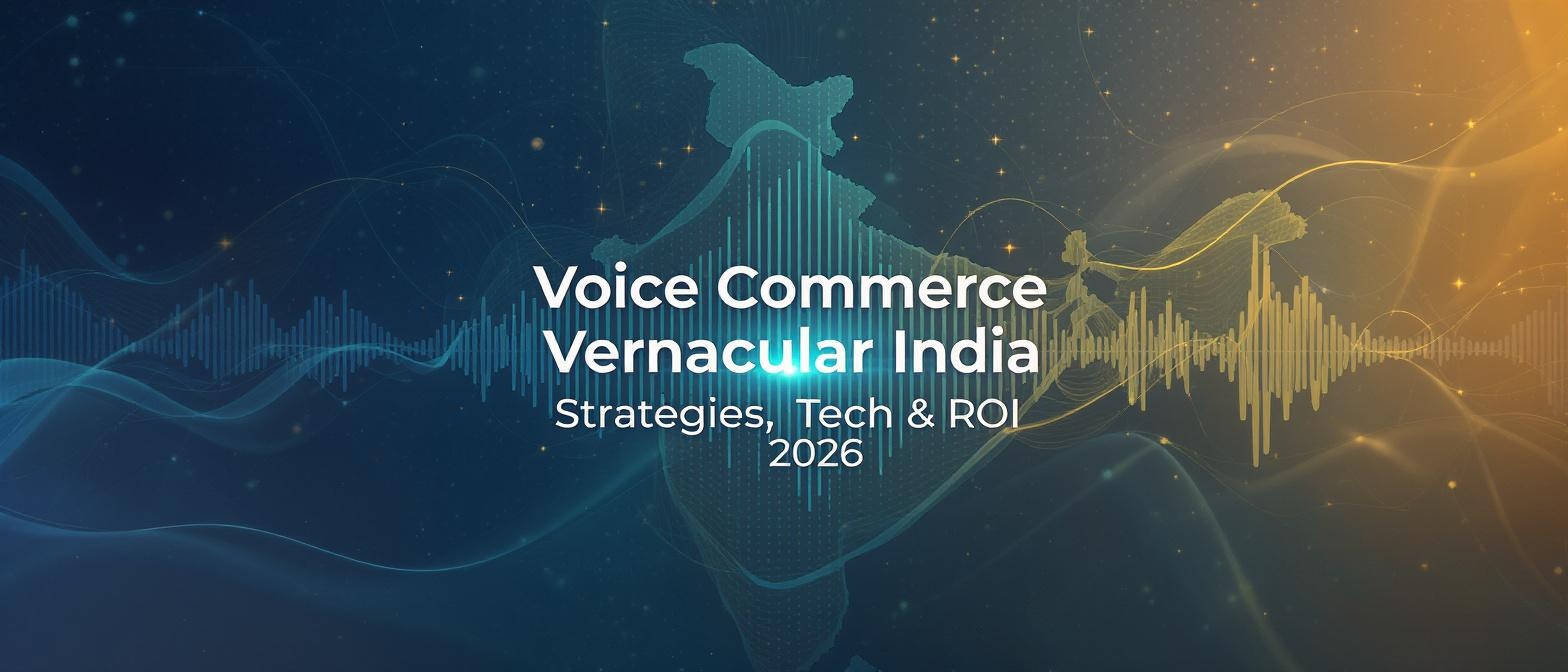Sustainable Digital Marketing Strategies 2025: Eco-Marketing Transformation for CSR Leaders
Approx. 12 min read
Key Takeaways
- Sustainability is now integral to brand loyalty and consumer choice.
- Adopting eco-friendly tech infrastructure and AI-driven automation reduces carbon footprints.
- Green marketing personalization platforms provide measurable carbon accountability.
- Real-world case studies show significant ROI from carbon-neutral video campaigns.
- Future trends include real-time carbon dashboards and AI-based sustainability optimization.
The conversation around corporate social responsibility has fundamentally shifted. No longer a footnote in an annual report, sustainability is now a primary driver of consumer choice and brand loyalty. As we look towards 2025, the mandate is clear: businesses must weave environmental consciousness into the very fabric of their operations, especially within digital marketing.
Sustainable digital marketing strategies for 2025 are defined by the powerful integration of eco-friendly practices, intelligent automation, and hyper-personalization. This new paradigm aims to minimize environmental impact while simultaneously maximizing customer engagement and business growth.
Source: New Digital Age
The urgency for this eco-marketing transformation in 2025 is not just regulatory; it's commercial. A staggering 73% of millennials are willing to pay more for sustainable goods, signaling a massive market shift towards brands that demonstrate genuine environmental commitment.
Source: Social Targeter
This consumer-led movement is pushing brands to adopt digital-first sustainability engagement, where every click, campaign, and communication is an opportunity to prove their green credentials.
The Dawn of Digital-First Sustainability Engagement
No longer a "nice-to-have," sustainability is now a critical component of brand strategy. The shift to digital-first engagement offers an unparalleled opportunity to reduce resource consumption—from paper mailers to physical events—while still delivering highly impactful, personalized messages to consumers across the globe.
Understanding Sustainable Marketing Technology and Automation
At the core of this transformation is the technology that powers it. Sustainable marketing technology adoption is no longer about choosing the cheapest option, but the most efficient and transparent one. It involves a deliberate selection of data centers, hosting providers, and digital platforms that are optimized for low energy consumption and provide clear carbon transparency.
Leading tech firms have shown that this approach yields significant results. For instance, migrating to energy-efficient hosting and cloud infrastructure can reduce associated carbon emissions by up to 30%. This simple switch is a foundational step in building a greener marketing ecosystem.
Source: Salesforce
Beyond infrastructure, environmentally conscious marketing automation is revolutionizing how brands communicate. This involves leveraging AI-driven workflows, such as automated video personalization, to replace traditionally resource-heavy campaigns like print mailers and broadcast advertising. Platforms like TrueFan AI enable brands to create millions of unique, personalized video messages from a single, minimal shoot, drastically cutting down on the environmental cost of content production.
The benefits of this approach are threefold:
- Reduced CO₂ Footprint: Eliminating the need for extensive travel, large film crews, and physical media distribution directly lowers a campaign's carbon emissions.
- Faster Iteration Cycles: AI allows for “virtual reshoots,” where messaging can be altered and A/B tested in minutes, not weeks, without requiring new physical production.
- Lower Media Waste: Hyper-targeted and personalized content ensures higher relevance and engagement, reducing the digital “waste” of sending generic, unwanted messages that consume server energy.
Building the Eco-Marketing Infrastructure: Cloud, APIs, and Measurement
To execute these strategies effectively, brands need a robust and sustainable tech stack. The modern eco-marketing infrastructure is built on principles of efficiency, scalability, and accountability.
The Technology Stack for Green Marketing
The ideal stack leverages cloud-agnostic GPU farms, which optimize computing power for intensive tasks like video rendering while minimizing idle energy consumption. Combined with low-latency rendering capabilities (delivering personalized content in under 30 seconds), this ensures a seamless and efficient user experience. Real-time APIs are the connective tissue, integrating these platforms with existing CRMs (like Salesforce or HubSpot) and messaging channels (like WhatsApp or email) to trigger personalized, eco-friendly communications at the perfect moment.
Carbon Accounting and Green KPIs
A crucial component of this infrastructure is the ability to measure environmental impact. Modern platforms are now incorporating carbon accounting directly into their systems. This involves automatically tracking the energy consumed per digital asset created (e.g., per video render) and translating that into tangible metrics, such as “CO₂ saved versus a traditional photoshoot.”
CSR leaders and brand managers should insist on KPI dashboards that monitor these green metrics alongside traditional engagement data. Imagine tracking not just click-through rates, but also “kg of CO₂ avoided per 1,000 videos delivered.” This level of granular, transparent reporting makes digital-first sustainability engagement a measurable and verifiable part of a company’s CSR narrative.
TrueFan AI’s Eco-Friendly Customer Engagement Automation
Leading the charge in this new era is technology that merges high-impact personalization with a low-carbon footprint. TrueFan AI's enterprise platform exemplifies this synergy, offering a powerful solution for eco-friendly customer engagement automation.
The platform’s core innovation lies in its ability to transform a single 15-minute celebrity shoot into millions of unique, hyper-personalized videos. Using advanced diffusion-based face reanimation and voice cloning technology, it can deliver these messages in over 175 languages with perfect lip-sync, all while operating on a strict consent-first model. The platform is not only innovative but also secure, boasting ISO27001 and SOC2 compliance.
How It Works: Virtual Reshoots and Real-Time Triggers
TrueFan AI's approach to eco-friendly customer engagement automation fundamentally redesigns the content production lifecycle.
- Virtual Reshoots & AI Editing: The need for constant travel, large crews, and repeated physical shoots is eliminated. If a campaign message needs to be updated, the AI can alter the celebrity’s speech and lip movements in the existing footage. This agile approach has been shown to save an average of 3,888 creative hours per campaign, drastically reducing the associated carbon footprint.
- Real-Time API Integration: The platform connects directly with a brand’s data systems. An event like a customer abandoning a shopping cart can trigger an immediate API call, generating and delivering a personalized video message via WhatsApp from a brand ambassador within seconds, encouraging them to complete their purchase.
Green Customer Communication Tools
The platform also offers a suite of green customer communication tools designed for the eco-conscious era. These include interactive video links that can be shared via SMS or email, personalized microsites that provide a rich brand experience without heavy asset loads, and push notifications that can even include the calculated carbon footprint of the digital interaction, making sustainability a visible part of the customer journey.
Case Studies: Carbon-Neutral Video Campaigns in Action
The theoretical benefits of sustainable marketing technology are best understood through real-world application. Several leading Indian brands have already leveraged this approach to create carbon-neutral video campaigns that delivered both exceptional engagement and a compelling CSR story.
- Zomato's Mother's Day Campaign: In a groundbreaking initiative, Zomato enabled users to send their mothers a personalized video greeting from Bollywood stars like Vidya Balan and Neena Gupta. The platform generated an incredible 354,000 unique personal videos in a single day. By replacing the need for a massive, multi-location physical shoot, Zomato created a high-impact, emotional campaign with a fraction of the traditional carbon footprint.
- Goibibo's Personalized Travel Nudges: To re-engage users who had searched for trips but not booked, Goibibo sent personalized WhatsApp videos from cricket star Rishabh Pant. The videos referenced the user’s specific searched destination, resulting in 17% higher read rates compared to standard text-based messages and driving a significant uplift in conversions, all without the environmental cost of a traditional ad campaign.
- Hero MotoCorp's Festive Greetings: During the festive season, Hero MotoCorp deployed one of the largest personalized campaigns ever, delivering 2.4 million videos to its customers. These messages featured celebrities wishing customers by name and inviting them to a local service camp, driving record-high footfall and strengthening customer loyalty through a scalable, sustainable touchpoint.
- Cipla's Doctor's Day Appreciation: Demonstrating the power of this technology in B2B engagement, pharmaceutical giant Cipla sent 6,400 customized thank-you videos to doctors across India. This thoughtful, personalized gesture strengthened critical professional relationships far more effectively than a generic email or physical gift could, while maintaining a minimal environmental impact.
These campaigns showcase how sustainable personalization strategies can achieve massive scale while offsetting the carbon impact of travel, studio energy, and physical production, reinforcing the brand’s commitment to corporate social responsibility.
Key Components of a Green Marketing Personalization Platform
As more businesses seek to adopt these methods, it's crucial to understand what defines a true green marketing personalization platform. It is a system designed from the ground up to integrate data and generate personalized content with minimal incremental resource usage.
A robust platform takes data inputs—such as a customer’s name, purchase history, or location—via an API and uses them to automatically generate unique videos. The key is that this process does not require new physical resources for each personalization. It leverages a single set of core assets and reconfigures them digitally.
Core Sustainable Personalization Strategies
Effective platforms employ several key sustainable personalization strategies:
- First-Name Insertion: Simply having a celebrity mention the customer’s name within the first 5 seconds of a video has been shown to lift watch-through rates by up to 30%. This is achieved algorithmically, not by re-recording.
- Dynamic Visuals: Instead of producing thousands of generic stock assets, the platform can dynamically insert user-specific images, such as a photo of them or a montage of products they’ve viewed. This reduces asset production waste.
- Scalable Multilingual Localization: TrueFan AI’s 175+ language support and Personalised Celebrity Videos allow a single video to be localized for global audiences without requiring new recording sessions for each language, saving immense resources.
The scalability of this process is immense. A simple flowchart illustrates the efficiency: a data feed (e.g., a new customer signs up) triggers an API call, which sends the job to a cloud GPU farm for rendering. Once complete, the video is delivered to the specified channel (email, WhatsApp, etc.), all within seconds and with a measured, minimal energy footprint.
Technological and Ethical Considerations for Environmentally Conscious Marketing
Adopting environmentally conscious marketing technology requires a careful consideration of both the technical architecture and the ethical framework.
Technical Best Practices
- API-Driven Pipelines: An API-first approach minimizes idle server load. Instead of servers constantly “polling” for new jobs, API calls and webhooks trigger processes only when needed, significantly reducing wasted energy.
- Optimized Cloud Resources: Using cloud GPU farms allows for the efficient allocation of computing resources. Power is scaled up only during active rendering and scaled down immediately after, preventing the energy drain common in on-premise data centers.
- Carbon Tracking and Offsetting: A key feature of advanced platforms is the ability to embed CO₂ metrics directly into campaign reports. To achieve true carbon-neutral video campaigns, brands should partner with certified offset programs to neutralize the measured energy consumption, closing the sustainability loop.
Ethical Imperatives
- Consent-First Model: The use of celebrity likenesses and AI-generated voices must be built on a foundation of explicit, contractual consent. Every celebrity involved must approve the campaign and the use of their digital persona.
- Built-in Content Moderation: To prevent misuse, platforms must have robust, automated moderation systems that block the generation of content containing forbidden words, political statements, or other inappropriate material.
- Data Privacy and Compliance: User data is the fuel for personalization, and it must be handled with the utmost care. Adherence to regulations like GDPR and India’s Digital Personal Data Protection Act is non-negotiable.
The Future Roadmap for CSR Leaders and Brand Managers
The journey towards fully sustainable marketing is ongoing, and the technology is evolving rapidly. As CSR leaders and brand managers plan for the coming years, several key trends are emerging that will define the next phase of the eco-marketing transformation in 2025.
Predictive Trends for 2025 and Beyond
- Sustainability-as-Code: We will see a tighter integration of sustainability metrics within martech stacks. Carbon footprint calculations will become a standard, automated part of campaign planning and execution, much like budget tracking is today.
- Real-Time Carbon Dashboards: Brands will demand and receive real-time dashboards that visualize the environmental impact of their marketing activities instantly, allowing for on-the-fly adjustments to optimize for lower emissions.
- AI-Powered Green A/B Testing: Artificial intelligence will be used not only to optimize for conversions but also for sustainability. Algorithms will test different campaign variations to identify which version achieves the desired marketing outcome with the lowest possible energy consumption.
A Call to Action for Brands
The time to act is now. The most effective way to embrace the eco-marketing transformation of 2025 is to begin with a pilot project. Launching a personalized video campaign that has sustainability metrics built-in provides a tangible, low-risk way to test the technology and measure its impact on both customer engagement and corporate CSR goals. Solutions like TrueFan AI demonstrate ROI through detailed analytics that connect personalization with higher conversion rates and reduced operational costs.
When evaluating vendors for a green marketing personalization platform, consider the following criteria:
- CO₂ Transparency: Does the platform provide clear, verifiable metrics on energy consumption and carbon footprint?
- Multilingual Support: Can the platform help you scale your message globally without multiplying your environmental impact?
- API Maturity: How easily and reliably can the platform integrate with your existing CRM and marketing automation tools?
- Compliance and Certifications: Does the vendor hold recognized security and data privacy certifications like ISO 27001 and SOC 2?
Conclusion: Balancing Personalization and Planet
The future of marketing is no longer a choice between impact and responsibility. Sustainable digital marketing strategies for 2025 prove that it is possible to achieve unprecedented levels of personalization and customer connection while simultaneously upholding a deep commitment to environmental stewardship.
By embracing eco-friendly marketing automation and pioneering carbon-neutral video campaigns, brands can build deeper, more authentic relationships with their customers. The technologies and strategies outlined here are not futuristic concepts; they are practical, proven tools available today. The next step is for forward-thinking leaders to champion their adoption, track green KPIs with the same rigor as financial ones, and scale hyper-personalization at a minimal ecological cost. In doing so, they will not only win in the market but also contribute to a more sustainable future for all.
Frequently Asked Questions
What is sustainable digital marketing?
Sustainable digital marketing involves using digital channels and technologies to promote products or services while minimizing negative environmental impact. This includes practices like using green web hosting, optimizing website performance to reduce energy consumption, running carbon-neutral ad campaigns, and leveraging automation to reduce the need for resource-intensive physical productions.
How can personalized video campaigns be eco-friendly?
Personalized video campaigns become eco-friendly when they are generated using AI and a single set of digital assets. Instead of conducting thousands of individual photoshoots or creating endless variations of an ad, a platform can create millions of unique videos from one initial recording. This eliminates the carbon footprint associated with travel, crew, and studio energy for each new creative, making it a highly sustainable alternative.
What kind of ROI can be expected from sustainable marketing strategies?
The ROI is twofold. Commercially, personalization drives higher engagement, with studies showing up to a 30% lift in watch-through rates and 17% higher message read rates, leading to better conversion and customer retention. From a brand perspective, demonstrating a genuine commitment to sustainability builds immense brand equity and loyalty, especially with environmentally conscious consumers, which translates to long-term value.
How does a platform like TrueFan AI ensure the ethical use of a celebrity's likeness?
Ethical use is ensured through a multi-layered approach. First, TrueFan AI operates on a strict consent-first model, where every celebrity signs a contract explicitly approving the use of their digital likeness for specific campaigns. Second, the platform has built-in moderation filters that automatically block the generation of videos with offensive, political, or otherwise inappropriate content, protecting both the celebrity and the brand.
What is the first step my company can take to make its digital marketing more sustainable?
A great first step is to conduct an audit of your current digital marketing footprint. Analyze your website’s energy efficiency using online tools, evaluate your hosting provider’s green credentials, and review your campaign production processes. From there, identify low-hanging fruit, such as piloting a small-scale, carbon-neutral personalized video campaign to measure its impact and build a case for wider adoption.





